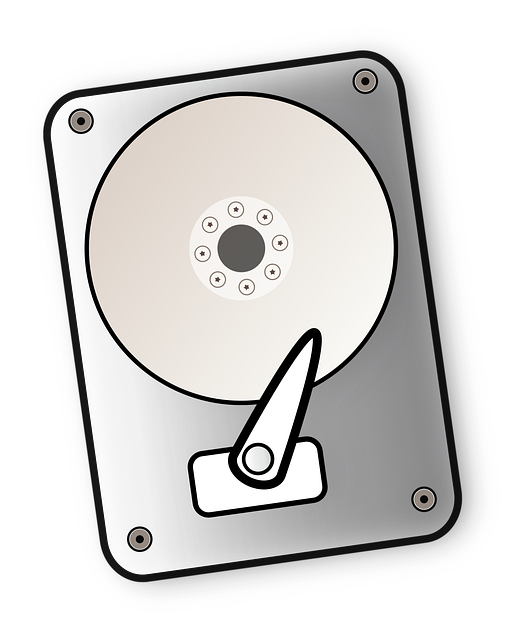
Quantum Computing Advancements: Unveiling Breakthroughs and Confronting Challenges
December 9, 2022
Unleashing the Future of Storage: Exploring Emerging Technologies Beyond HDDs and SSDs
August 24, 2023Empowering the Internet of Things (IoT) with Embedded Systems: Enabling Smart Devices and Seamless Connectivity

In the era of interconnected devices and smart technologies, Embedded Systems play a pivotal role in driving the Internet of Things (IoT) revolution. These compact, specialized computing systems are at the heart of smart devices, sensors, and edge computing platforms, powering intelligent functionalities, data processing, and seamless connectivity. In this article, we explore the indispensable role of Embedded Systems in IoT, their capabilities, and their impact on powering smart devices and enabling connectivity across diverse ecosystems.
Understanding Embedded Systems in IoT
-
Definition and Components: Embedded Systems refer to computing systems designed for specific functions within larger systems or devices. They typically comprise a microcontroller or microprocessor, memory, sensors, actuators, and communication interfaces.
-
Real-Time Operation: Embedded Systems excel in real-time operation, performing tasks with low latency and high reliability. They are optimized for efficiency, low power consumption, and often operate in resource-constrained environments.
-
Functionality and Applications: Embedded Systems are integral to IoT applications, including smart homes, industrial automation, healthcare monitoring, smart cities, autonomous vehicles, and wearable devices. They enable sensing, data processing, decision-making, and actuation in these interconnected ecosystems.
Key Roles of Embedded Systems in IoT
-
Sensing and Data Acquisition: Embedded Systems host sensors and actuators, collecting data from the physical environment, such as temperature, humidity, motion, and sound. They facilitate data acquisition and enable real-time monitoring and control of IoT devices.
-
Data Processing and Analytics: Embedded Systems process data locally, performing computations, filtering, aggregation, and analytics tasks at the edge. This localized processing reduces latency, conserves bandwidth, and enables faster response times in IoT applications.
-
Connectivity and Communication: Embedded Systems support various communication protocols, such as Wi-Fi, Bluetooth, Zigbee, LoRaWAN, and cellular networks, enabling seamless connectivity between IoT devices, gateways, and cloud platforms.
-
Security and Privacy: Embedded Systems integrate security features, encryption mechanisms, and authentication protocols to safeguard data, devices, and communications in IoT ecosystems. They contribute to ensuring data privacy, integrity, and resilience against cyber threats.
Advancements and Capabilities of Embedded Systems
-
Low-Power Designs: Modern Embedded Systems emphasize low-power designs, energy efficiency, and power management techniques to prolong battery life and enable deployment in battery-operated IoT devices.
-
Edge Computing: Embedded Systems support edge computing paradigms, allowing data processing, analytics, and decision-making at the edge of the network. Edge computing reduces data latency, optimizes bandwidth usage, and enhances scalability in IoT deployments.

